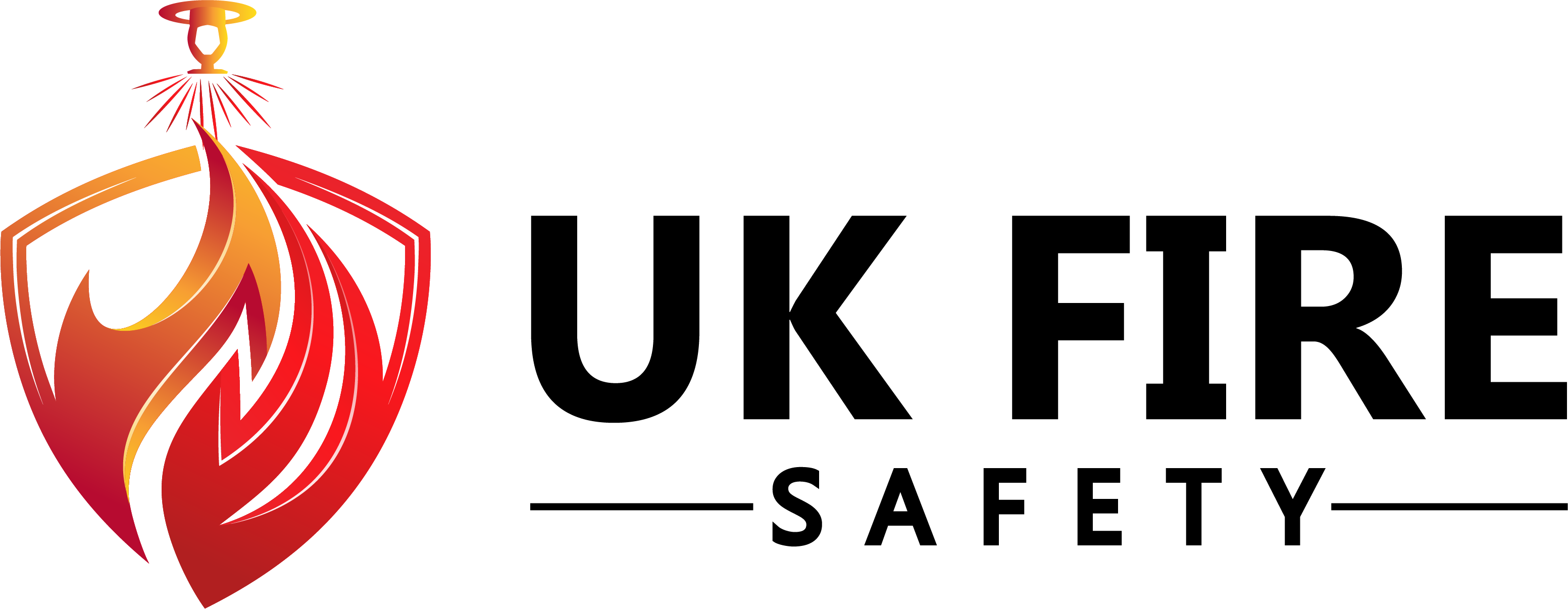DSEAR Assessments / DSEAR Regulations 2002
DSEAR stands for Dangerous Substances and Explosive Atmospheres Regulations 2002. The DSEAR 2002 Regulations are in place to protect people from the risk of fires caused by explosion and corrosion of metal within the workplace. A dangerous substance is any substance used or present at work that could cause harm to individuals as a result of a fire. These include solvents, paints, varnishes, flammable gases, dust from machining and sanding and substances corrosive to metal.
Why Do You Need a DSEAR Risk Assessment?
The HSE requires all employers to have covered the following:
- find out what dangerous substances are in their workplace and what the risks are.
- put control measures in place to either remove those risks or, where this is not possible, control them.
- put controls in place to reduce the effects of any incidents involving dangerous substances.
- prepare plans and procedures to deal with accidents, incidents and emergencies involving dangerous substances.
- make sure employees are properly informed about and trained to control or deal with the risks from the dangerous substances.
- identify and classify areas of the workplace where explosive atmospheres may occur and avoid ignition sources (from unprotected equipment, for example) in those areas.
How We Can Help?
As part of our DSEAR services, we can provide specialist consultants to conduct comprehensive DSEAR assessments for your organisation. Our DSEAR reports will provide clear recommendations on the actions that need to be taken to ensure the safety of employees and others who may be on the premises, limit risks to the premises and achieve compliance with the DSEAR Regulations 2002.
Our risk assessment process provides an in-depth review, and reporting of:
- hazardous materials
- storage provisions of dangerous substances
- the use of dangerous substances
- supporting activities including safety-critical work operations
- control measures
- emergency planning and procedures
- maintenance of plant and machinery
- hazardous area zone classification
- potential sources of ignition in zone and classified areas
- interconnection of plant and buildings
- spillage containment and recovery
- control of waste products and materials.
